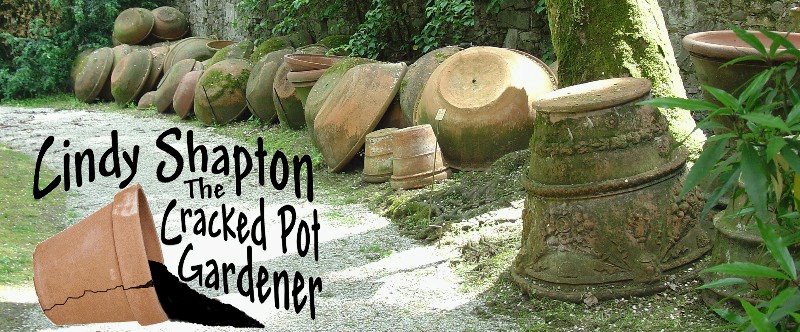
Every Autumn I find myself drawn to the lemon and lime section in the produce department. I start imagining the smell of citrus, cloves and cinnamon, which takes my mind on a quick journey down Christmas Lane.
What is a pomander you ask? Good question! According to the dictionary, a pomander is: (noun) a mixture of aromatic substances enclosed in a perforated bag or box and used to scent clothes and linens or formerly carried as a guard against infection; also : a clove-studded orange or apple used for the same purposes.
Now you know, right? Well, in case it still isn’t that clear, let me try to shed even more light on the subject. The history of pomanders goes back to the Middle Ages. Sanitation was not what it is today and people did not bathe as often as we do now. So some clever folks came up with a way to make life more pleasant by combining various herbs and spices to help mask undesirable scents and also by using certain herbs and spices to protect themselves from unwanted infectious viral and bacterial situations. They would wear perforated containers filled with an herb/spice mix, usually in a ball shape on their person; usually close to their noses where it could sweeten the air they breathed.
The Victorians brought pomanders or pomander balls into high fashion, combining practicability with beauty. They expanded on the uses to include household decorations, closet and drawer perfume/insecticide, Christmas ornaments and even wedding bouquets.
The tradition of pomander balls as Christmas ornaments is still in fashion today and a lovely way to add fun and scent to your holiday season. I have made these for years and it is an especially wonderful activity for the whole family. They are easy to make from lemons, limes, tangerines, oranges or apples. My favorites are lemons and limes. You can buy them by the bag full and they are just the right size to hang on the Christmas tree, in a garland, in doorways, mix in the mantle decorations or pile them up (after they are dried) in a rustic bowl with or without potpourri. I have even made mini topiaries with them! You can store them away to use year after year. They take three or so weeks to dry so get busy and make pomanders, start a new tradition with your family and make your home smell oh so festive!
How to Make Pomanders
Ingredients:
* Small to mid sized unblemished fruit – apples, oranges, lemons, limes, tangerines
* Large headed cloves*
* Ground cinnamon, (nutmeg, ginger, ground cloves)*
* Knitting needle, skewer, or nail
* Thimble or masking tape for fingers - optional
* Orrisroot – note: orrisroot is used to act as a preservative and scent enhancer Orrisroot is dried, powdered material from the Iris bulb. Some people are allergic to this so if you are concerned you can skip it or add sandalwood oil as an alternative preserver.
* Ribbons or raffia, tissue paper or paper bags
1. Use knitting needle, skewer or nail to pierce the skin of the fruit. You may want to use a thimble or cover fingers with masking tape. Insert cloves close together but not touching in straight vertical lines or patterns, covering as much of the fruit as possible. Be sure to leave spaces for 1/8” ribbon to run down two sides, crisscross at bottom and come back up opposite side of fruit for hanging purposes if you choose to do so. Otherwise cover entire fruit with cloves.
2. In a glass bowl, combine powdered orrisroot (again you can omit or use sandalwood oil), ground cinnamon and other ground spices if you like – experiment to find which combination you like best. For 6 limes I use approx. ½ cup cinnamon and 8 drops of sandalwood oil. If you add the other ground spices try 1 tablespoon each (including the orrisroot) to the cinnamon mix. Pour spice mix in a zip lock bag. Place the clove-studded fruit in the bag, rolling around until entire fruit is covered with spice mixture.
3. Shake off excess spices, use ribbon or raffia and hang pomander ball on drying rack, doorways (I’ve used the kitchen cabinet knobs or the chains on the ceiling fans!), etc. If you are not going to hang them, then wrap each pomander in tissue or small paper bag (newspaper may work as well) and store in a cool, dry place for about 3 weeks. Be sure to check occasionally. Should one start to mold or rot, toss it out.
4. Display and enjoy your pomanders - Keep in mind this is not rocket science...be flexible and creative!
* You can find large containers of cloves and powdered cinnamon usually at Sams or Costco. Yarrow Acres in downtown Franklin, Tennessee has essential oils. You can order cloves, ground spices, etc. from the San Francisco Herb Co. Email address is http://www.sfherb.com/
For more information on "all things gardening" please check out my "Cracked Pot Gardener" book page at http://www.cindyshapton.com/book.html
Until next time....Make gardening fun or it will become work!!!


No comments:
Post a Comment